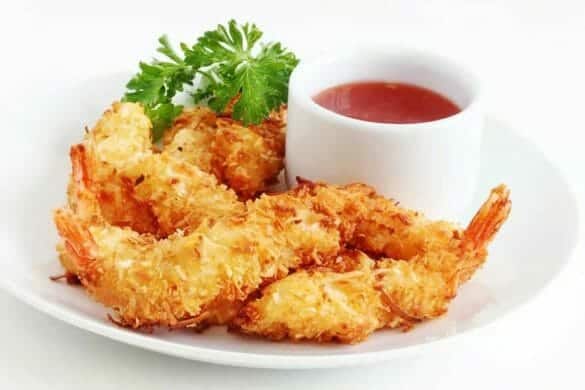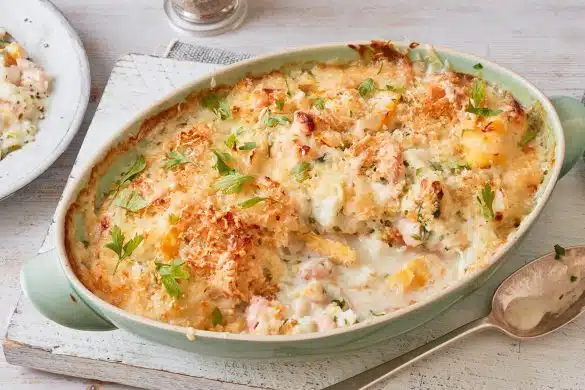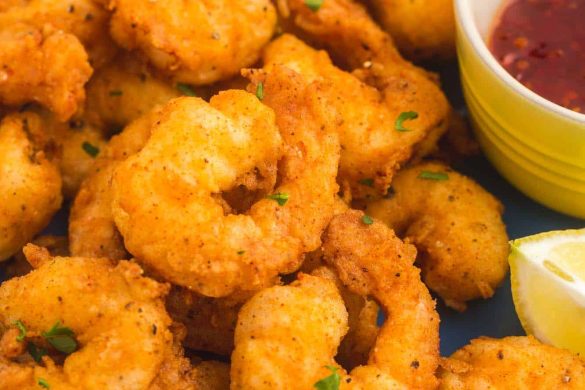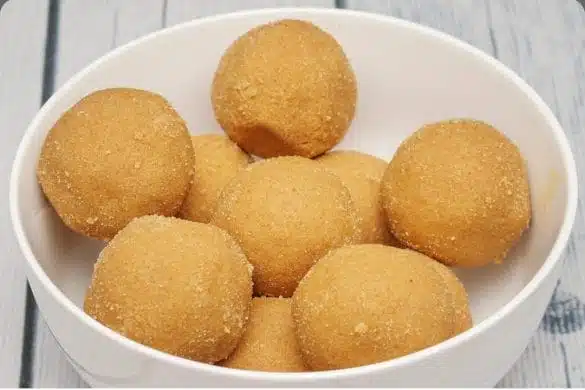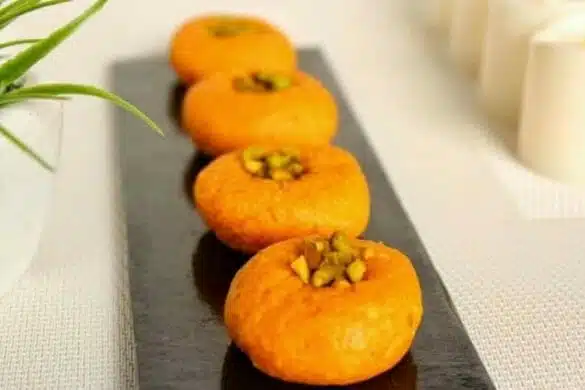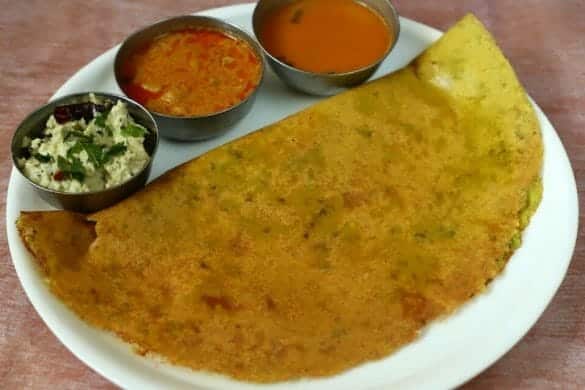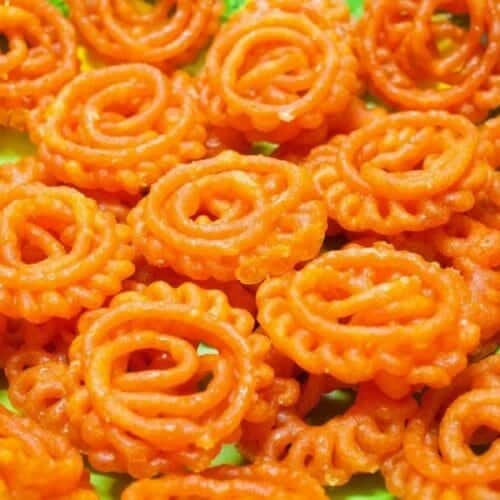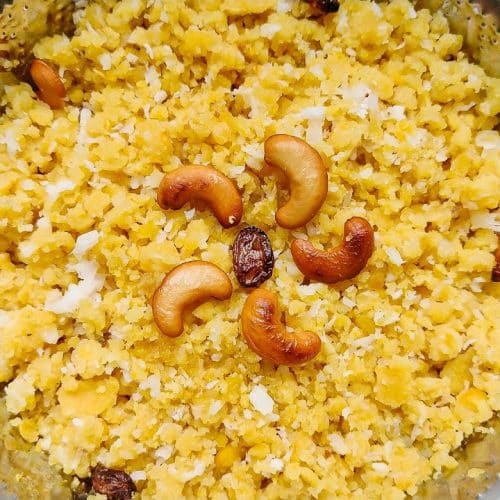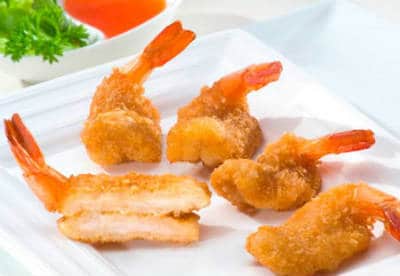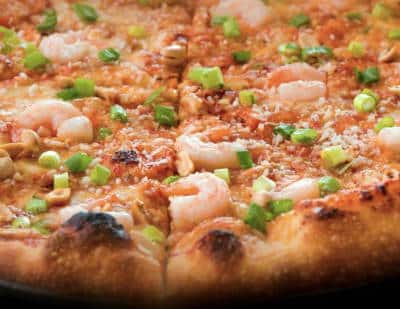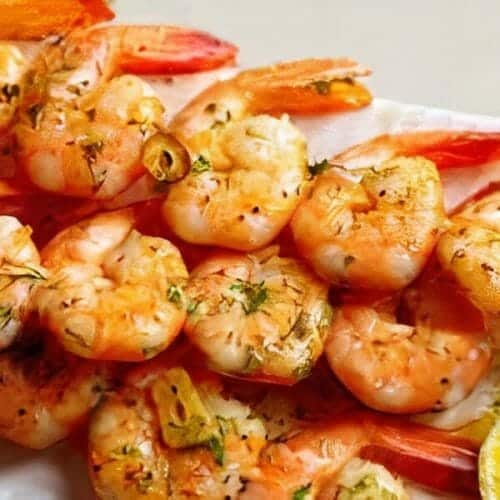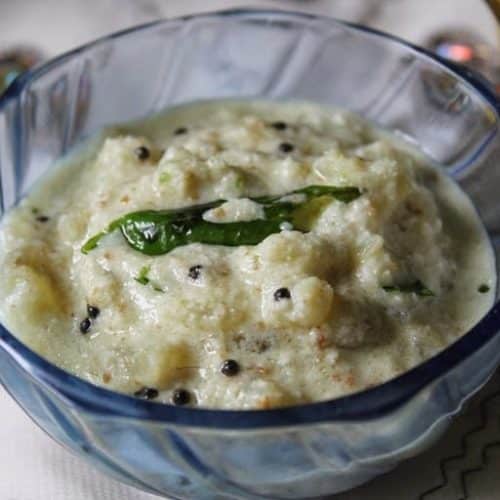Malabar Shrimp Fry is one of those recipes that instantly transports you to the spice markets and coastal kitchens of Kerala. I first tried this dish at a small beachside restaurant, and the combination of perfectly spiced shrimp with that gorgeous golden-brown color had me completely hooked. The beauty of this recipe lies in its simplicity – you’re basically creating two layers of flavor by marinating the shrimp first, then giving them a final sauté with sweet caramelized onions. It’s restaurant-quality seafood that you can easily master in your own kitchen.
About the Recipe
This recipe deserves a spot in your regular dinner rotation because it delivers maximum flavor with minimal fuss. The double-cooking method might seem unusual at first, but it’s what gives these shrimp their incredible depth of taste. You get tender, well-seasoned shrimp on the inside and a beautiful caramelized exterior that’s surely irresistible. Plus, most of the work happens during the marinating time, so your active cooking time is actually pretty short. It’s impressive enough for guests but simple enough for a weeknight dinner when you want something special.
Why You’ll Love This Recipe
The flavors in this dish are without a doubt incredible – each bite delivers the perfect balance of heat, warmth, and that distinctive coastal Kerala taste. What I love most is how the shrimp stay incredibly tender while developing this gorgeous crispy exterior. The onions add a lovely sweetness that balances out the spices beautifully. And can we talk about how amazing your kitchen will smell? The combination of curry leaves, ginger-garlic paste, and those warming spices is pure magic. Best of all, this recipe is very forgiving – if you’re new to cooking seafood, this is a great place to start because the technique is straightforward and the results are always impressive.
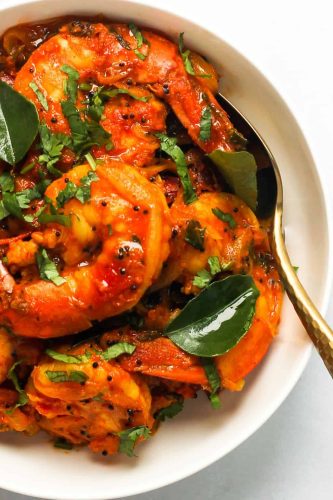
Malabar Shrimp Fry
Cooking Tips
Don’t skip the marinating time – let those shrimp soak up all those wonderful flavors for at least 30 minutes. When cooking the marinated shrimp in step 3, keep the heat at medium to prevent burning the spices. Make sure your oil is properly heated before adding the shrimp for the final fry – this helps create that beautiful golden crust. Pat the shrimp dry after the initial cooking to help them crisp up better during the final sauté.
Serving and Storing Suggestions
This recipe serves 4-6 people and takes about 45 minutes total (including marinating time). Serve immediately while hot with steamed rice, coconut rice, or even some warm naan bread. The curry leaves and green chilies make a beautiful garnish that adds fresh flavor too. Leftover shrimp can be stored in the refrigerator for up to 2 days, though they’re surely best enjoyed fresh for that perfect texture.
Similar Recipes
- Kerala Fish Curry
- Goan Shrimp Balchão
- South Indian Fish Fry
- Coconut Shrimp Curry
- Spicy Prawns Masala
Nutrient Benefits
Shrimp are an excellent source of lean protein and contain beneficial omega-3 fatty acids that support heart health. The spices in this recipe, particularly turmeric and black pepper, provide anti-inflammatory properties. Ginger and garlic offer immune-boosting benefits, while curry leaves add antioxidants. This dish is naturally low in carbohydrates and provides a good amount of selenium, which supports thyroid function and acts as an antioxidant in your body.

Malabar Shrimp Fry
Ingredients
- 1 kg Shrimps (jumbo, cleaned)
- 2 Onion (thinly sliced)
- 1 tbsp Red Chilli Powder
- 1/4 tbsp Turmeric Powder
- 1/2 tbsp Ginger Garlic Paste
- 1/2 tbsp Black Pepper (powdered)
- 8 to 10 tbsp Oil
- 5 Green Chillies (slit)
- Curry Leaves (handful)
- Salt as per taste
Instructions
- Mix the chilli powder, turmeric powder, ginger garlic paste, powdered pepper and salt in a bowl.
- Marinate the shrimps with this paste and keep aside.
- Transfer the marinated shrimps to a pan and cook for 15 minutes.
- Remove from pan when it becomes dry.
- Heat oil in a pan.
- Saute onions till light brown and remove.
- Add the shrimp and fry till brown.
- Add the onions and reduce heat to low.
- Cook for 5 to 6 minutes.
- Remove and transfer to a serving bowl.
- Garnish with green chilli and curry leaves.
- Serve hot.
Sign up for our newsletter
Add Awesome Cuisine as a Preferred Source

Frequently Asked Questions
Can I use smaller shrimp instead of jumbo shrimp for this recipe?
Yes, you can without a doubt use smaller shrimp, but reduce the initial cooking time to about 8-10 minutes instead of 15. Smaller shrimp cook much faster and can become rubbery if overcooked. Keep an eye on them during the final frying step too, as they’ll need less time to get that perfect golden color. The flavors will be just as delicious.
What can I substitute if I don’t have curry leaves?
While curry leaves give this dish its authentic flavor, you can substitute with fresh basil leaves or even mint leaves for a different but still delicious taste. Some people use bay leaves, but remove them before serving. If you can find them, curry leaves are available at most Indian grocery stores and they freeze really well for future use.
How do I know when the shrimp are properly cooked?
Properly cooked shrimp turn from gray to pink and curl into a C-shape. They should feel firm but not hard when pressed gently. Overcooked shrimp become tough and rubbery, so watch them carefully during both cooking stages. The internal temperature should reach 145°F if you want to check with a thermometer.

